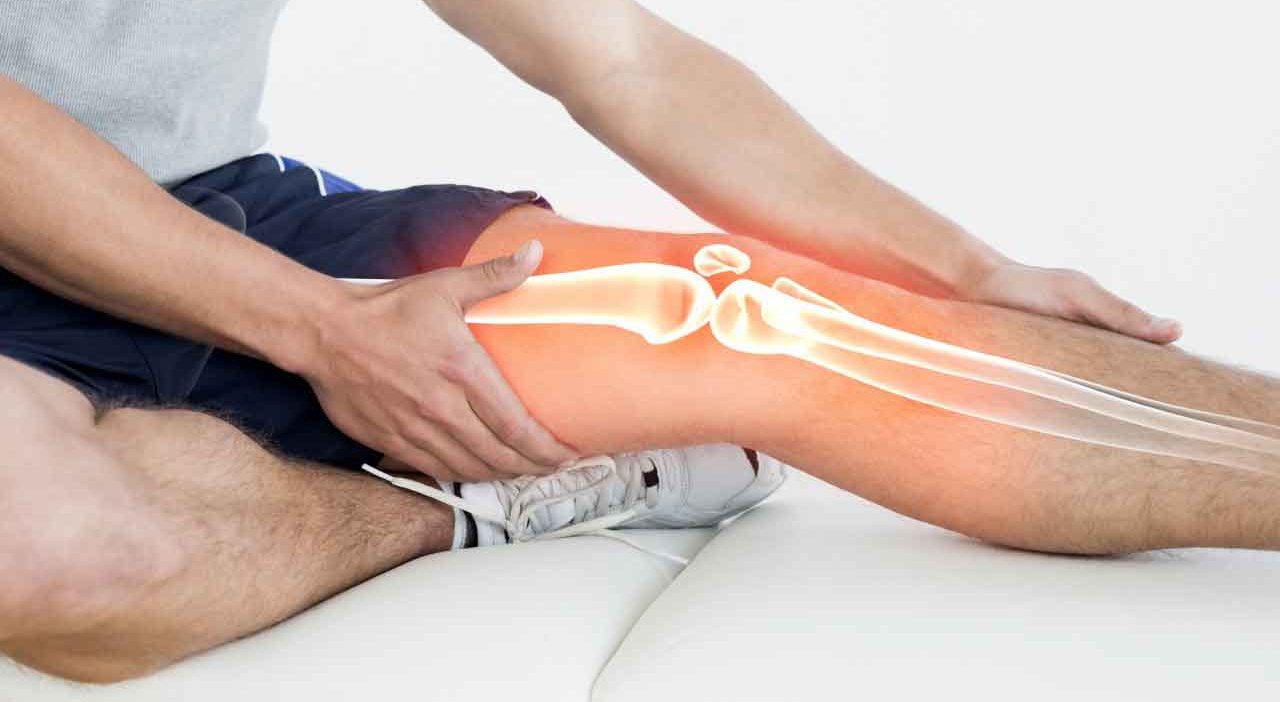5 Surprising Sources of Pain

Your thyroid or insomnia could be culprits.
As we age, it’s common to have little or not-so-little aches and pains. I recently had a sharp pain under my right shoulder blade that didn’t go away despite stretching at home, yoga class, hot baths with Epsom salt, and an hour and a half massage! What did the trick? Working the muscle with a kettle ball.
RELATED TOPIC: Americans Plagued by Chronic Pain Look for Relief
Here are some surprising sources of pain and how to address them:
1. Not enough use. It’s counter-intuitive, but a workout can drive away muscle pain. Think of a restless boy who starts acting out, punching his kid sister. Get him outdoors on a scooter for an hour and he’s sweet-tempered again. My shoulder pain went away when I hoisted the kettle ball in ways that used my shoulders, chest, arms, and abdomen.
2. Interrupted or too little sleep. Lack of deep sleep diminishes your tolerance to pain. The problem may be sleep apnea, insomnia, or — in a feedback loop — your pain waking you up. First, address sleep problems. Up your aerobic exercise to 30 minutes a day, which will make it easier to get deep sleep. Turn off your smartphone and computer an hour or more before bedtime. Irrigate a clogged nose. You may need a new mattress or a test for sleep apnea.
3. Not enough estrogen. A drop in estrogen also lowers pain thresholds. Vijay Vad, MD, a sports medicine specialist at the Hospital for Special Surgery in New York City and the author of “Stop Pain: Inflammation Relief for an Active Life,” recommends taking 2,000 mg daily of curcumin. A compound in turmeric, curcumin is a potent anti-inflammatory, but it is hard to absorb in a powder, unless it is combined with a constituent of black pepper. Northeast Natural’s Triple Curc formula and others address that problem. So does a traditional Indian curry dish, so you might start by upping your consumption. Note that curcumin can interact with anti-coagulant drugs and might be best to avoid if you have gallstones. If you have other menopausal issues, you might talk to your gynecologist about hormone replacement therapy.
4. Low thyroid. Vad recommends that anyone with arthritis or any type of joint or muscle pain that has taken a turn for the worse ask for a “thyroid function panel,” which measures levels of thyroid stimulating hormone (TSH) and other hormones in your blood. A normal TSH is between 0.4 mlU/L and 4.0 mlU/L. Medication can relieve pain within a month, even if your level is considered “borderline.”
5. Lyme disease. If you live in an area where Lyme disease is a problem, find a bulls-eye rash on your body, and have headaches or joint aches, a doctor may give you antibiotics immediately. But some people fail to notice a tick bite or rash. Antibodies against Lyme disease bacteria take 4 to 6 weeks to develop. Wait at least a month to get tested with either the enzyme-linked immunosorbent assay (ELISA), an indirect fluorescent antibody (IFA) test, or a test that provides results within an hour called PreVue. If you get a positive or uncertain result, follow up with a “Western blot.” What if you got a negative result at the first stage but still have pain or unexplained fatigue? You may have been tested too early, so try again. According to the Centers for Disease Control and Prevention, other tests – such as urine antigen, immunofluroescent staining, and lymphocyte transformation – remain unproven. To get a second opinion, look for a specialist through the International Lyme and Associated Diseases Society.
Updated:
March 27, 2020
Reviewed By:
Janet O’Dell, RN